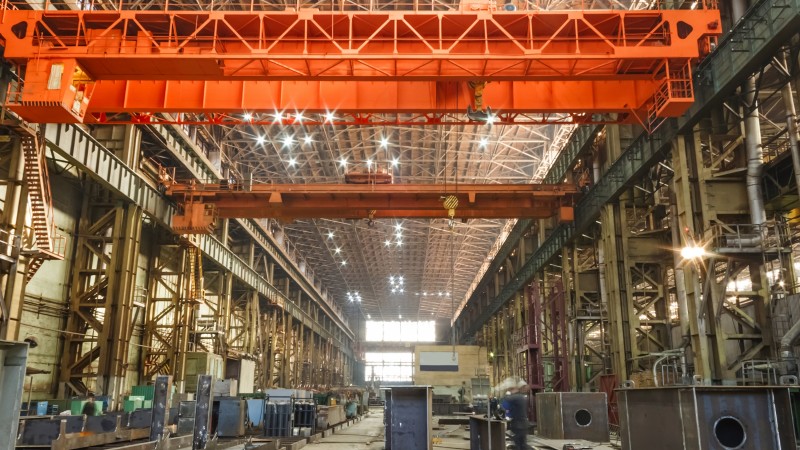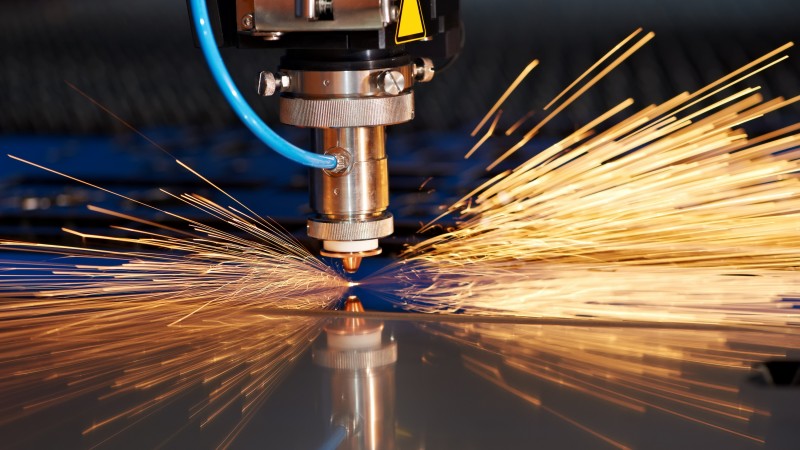Metallurgy and Capital Goods
The Metallurgy1 sector of Rio Grande do Sul is very concentrated, with establishments in 89 municipalities. In 2012, 468 companies employed 13,252 people. The municipalities of Caxias do Sul, Porto Alegre and Novo Hamburgo account for 35% of the establishments in the segment. Regarding jobs, 47% of them are in the municipalities of Caxias do Sul, Sapucaia do Sul, Porto Alegre and Charqueadas.
 The Machinery and Equipment2 sector, another designation for Capital Goods, which is connected to the metallurgy sector, comprises the goods used in the production of other goods, though not directly incorporated into the final product. Individuals, organizations and governments use capital goods in the production of other goods or services. It includes factories, machines, tools, equipment and various constructions used to make other products for consumption. According to the IPEA, the capital goods industry incorporates a huge diversity and dispersion of inter and intra-sector competitive conditions. Capital goods are present in the production chain of all industrial sectors, disseminating technology and quality that are essential for the competitive production of consumer goods and services.
The Machinery and Equipment2 sector, another designation for Capital Goods, which is connected to the metallurgy sector, comprises the goods used in the production of other goods, though not directly incorporated into the final product. Individuals, organizations and governments use capital goods in the production of other goods or services. It includes factories, machines, tools, equipment and various constructions used to make other products for consumption. According to the IPEA, the capital goods industry incorporates a huge diversity and dispersion of inter and intra-sector competitive conditions. Capital goods are present in the production chain of all industrial sectors, disseminating technology and quality that are essential for the competitive production of consumer goods and services.
The segment of Capital Goods plays a key role in Rio Grande do Sul’s economy, with considerable impact on several productive chains. It is a strategic sector that impels the competitiveness of other industrial sectors, such as road and agricultural implements, food, agricultural, plastics, footwear and storage. Likewise, it has great representativeness in the manufacture of parts, hydraulic components, automation, pumps and valves. Rio Grande do Sul accounts for 12.9% of the sector of Capital Goods in Brazil (Dieese, 2011). This sector is a little more dispersed in Rio Grande do Sul’s territory, with establishments in 199 of the 497 state municipalities. In 2012, there were 2,206 establishments - 6% of the total sector, employing 62,039 people - 9% of the total number of employees in the sector. The municipalities of Caxias do Sul, Porto Alegre and Novo Hamburgo account for 32% of the enterprises in this segment. The municipalities of Caxias do Sul, Panambi, Canoas, No-Me-Toque, São Leopoldo, Porto Alegre, Santa Rosa and Passo Fundo concentrate 52% of the jobs.
Rio Grande do Sul is a leading manufacturer of agricultural machinery and implements. Of all the companies operating in Brazil, more than 60% are installed in the State. Three of them account for almost half of the national production of wheel and track type tractors, harvesters and backhoe loaders. Rio Grande do Sul concentrates one third of the country's workforce in this sector. The sector is specified in the section on Agribusiness.
Sector opportunities in Rio Grande do Sul
 This sector is well consolidated and very competitive in Rio Grande do Sul. Thus, strong partnerships can be established with the local companies, which seek to expand their business overseas and also invest in technological partnerships to develop innovative products and increase their productivity.
This sector is well consolidated and very competitive in Rio Grande do Sul. Thus, strong partnerships can be established with the local companies, which seek to expand their business overseas and also invest in technological partnerships to develop innovative products and increase their productivity.
Business opportunities for partnerships
Look for local opportunities.
